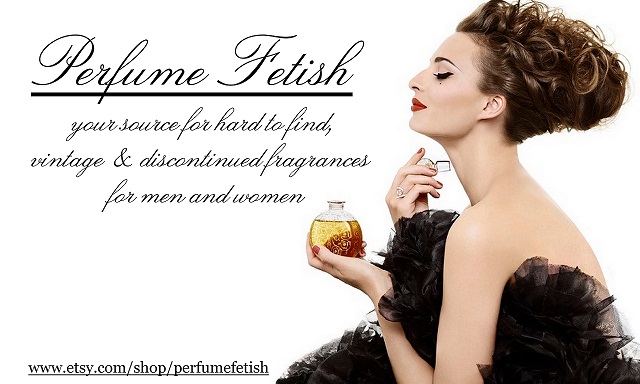Parfums a Bruler, or burning perfumes, were another scented product that Guerlain was famous for in the nineteenth to early twentieth century.
Some of Guerlain's Parfums a Bruler:
Arts & Decoration, 1899:
Guerlain's brule a parfum, from an 1862 French publication.
Some of Guerlain's Parfums a Bruler:
- (1800s) Fleurs du Berlin
- (1800s) Baume de Judee
- (1880s?) Tsatli
- (1880) Extrait de Pot-Pourri aux Plantes Marines
- (1890s?) Taraja
Arts & Decoration, 1899:
"Guerlain a résolu très heureusement le double problème en créant ses Eaux à bruler et son Extrait de Pot-Pourri aux Plantes Marines qui assainissent et parfument, sans causer aux voies respiratoires d'irritation nuisible."
(Guerlain fortunately solved the dual problem by creating its burning water pot and Extrait de Pot-Pourri aux Plantes Marines which purify and perfume without causing harmful respiratory tract irritation )
Country Life, 1907
Harper's Bazaar, 1935:
This product was still being sold by Guerlain in the 1960s. A new burner was a metal ring which would be placed over a lightbulb. You would pour some of the extrait into the ring, then turn on the light and the heat from the lightbulb would heat the ring which would then release the odor of the extrait into the room via evaporation. The scent was of seaweed, (Odor profile: algae note with savory, marine, grassy aspects, used in "marine" blends for authenticity). "Seaweed": Distillates are sometimes used as essential oil in perfumes. An example of a commonly used seaweed is Fucus vesiculosus, which is commonly referred to as bladder wrack. Natural seaweed fragrances are rarely used due to their higher cost and lower potency than synthetics.
“...other delightful preparations of the famous Paris house are the perfumes to burn, which fill one’s rooms with the most delicious and hygienic fragrance, very different from the heavy incense-like smell one encounters in many drawing rooms. The parfums a bruler are many, so there is no lack of choice; but among them special mention may be made of the “Baume de Judee” and the “Fleurs de Berlin” as being particularly fragrant. But indeed, it is a question of l’embarras du choix with all Guerlain’s productions, help for the buyer being found in the fact that you cannot make a wrong choice when everything is the perfection of excellence.”
Rectangular box covered with green paper imitating crocodile skin. Interior padded chamois cloth, and partitioned into four cells.
Harper's Bazaar, 1935:
"Browsing around Chez Guerlain, discloses fascinating things. "Extrait de Potpourri aux Plantes Marines" for instance. You burn it to scent the house. The Prince of Wales likes it for palace use. We like to feel that the scent is an accurate olfactory description of a sea glade. Guerlain has a burner for this sort of house perfume. It is a diminutive coffer made in bronze and ormolu and set on a stand that contains the necessary alcohol. The design is really exquisite and what with the jet of smoke it produces it affords.."
Tsatli Parfum a Bruler, photo from Museu del perfum
Extrait de Pot-Pourri aux Plantes Marines (1920)
Extrait de Pot-Pourri aux Plantes Marines (1890)
This product was still being sold by Guerlain in the 1960s. A new burner was a metal ring which would be placed over a lightbulb. You would pour some of the extrait into the ring, then turn on the light and the heat from the lightbulb would heat the ring which would then release the odor of the extrait into the room via evaporation. The scent was of seaweed, (Odor profile: algae note with savory, marine, grassy aspects, used in "marine" blends for authenticity). "Seaweed": Distillates are sometimes used as essential oil in perfumes. An example of a commonly used seaweed is Fucus vesiculosus, which is commonly referred to as bladder wrack. Natural seaweed fragrances are rarely used due to their higher cost and lower potency than synthetics.



















No comments:
Post a Comment
All comments will be subject to approval by a moderator. Comments may fail to be approved or may be edited if the moderator deems that they:
contain unsolicited advertisements ("spam")
are unrelated to the subject matter of the post or of subsequent approved comments
contain personal attacks or abusive/gratuitously offensive language